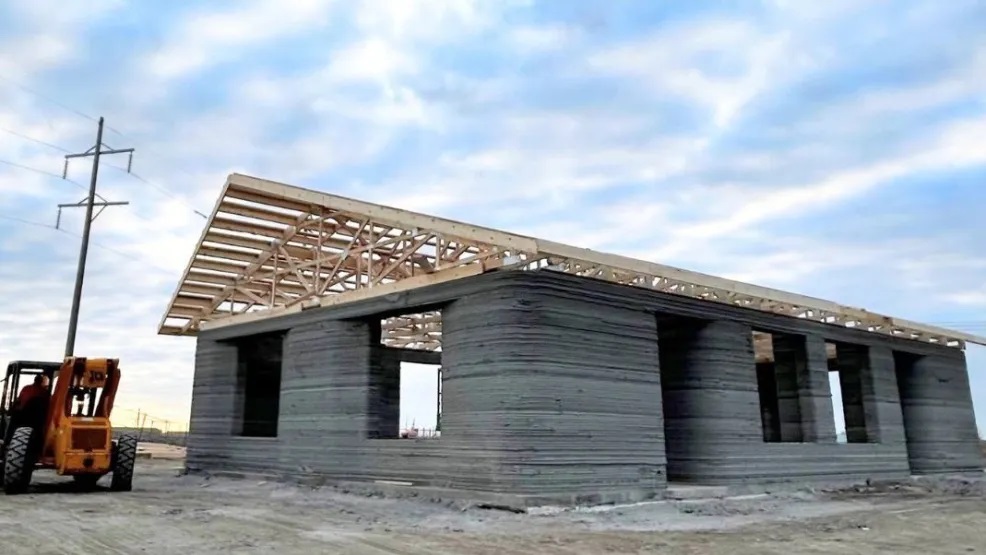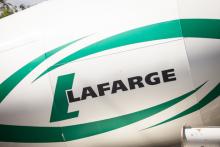
While robotic construction company nidus3D has successfully completed 3D-printed housing projects in Ontario, this marks the first venture of its kind in Alberta. Located one hour’s drive east from the city of Calgary, the project named “Kakatoosoyiists” (Star Lodge) will consist of 4 buildings, comprising a total of sixteen units, each specifically designed to provide a supportive haven for individuals of SikSika Nation fleeing domestic violence or facing homelessness.
Lafarge Canada says this initiative directly confronts a pressing issue underscored by the Social Planning & Research Council of Hamilton. According to their report, Indigenous peoples in Canadian cities are eight times more likely to face homelessness compared to the general population.
Lafarge is supplying its OneCem low-carbon cement for this project, recognized for its ability to deliver a reduced carbon footprint. When manufactured, the higher limestone content of OneCem translates into a reduction of greenhouse gas emissions—up to ten percent when compared to traditional Portland cement. OneCem achieves this sustainable advantage while maintaining its strength, durability, performance and workability.
“Our shared goal with nidus3D extends beyond mere innovation,” says Brad Kohl, president and CEO of Lafarge Canada (West). “This project is about helping address the critical housing needs of the nation and foster a resilient, inclusive future through sustainable construction practices. We were proud to contribute to this project.”
“Nidus3D is honoured and energized to be working with Siksika First Nation and Lafarge Canada on this innovative Canadian first,” says Ian Arthur, nidus3D’s president. “This multi-build development will not only provide much needed housing but show the immense potential of 3D construction printing to address Canada’s housing crisis. This project will demonstrate efficiencies and savings the technology can deliver through rapid, repeatable construction.”
With the construction underway, this collaboration stands as a testament to the potential of combining expertise, resources, and a shared commitment to building not just structures but sustainable, supportive communities for a brighter future. The project is expected to be completed by March 31st, 2024.








